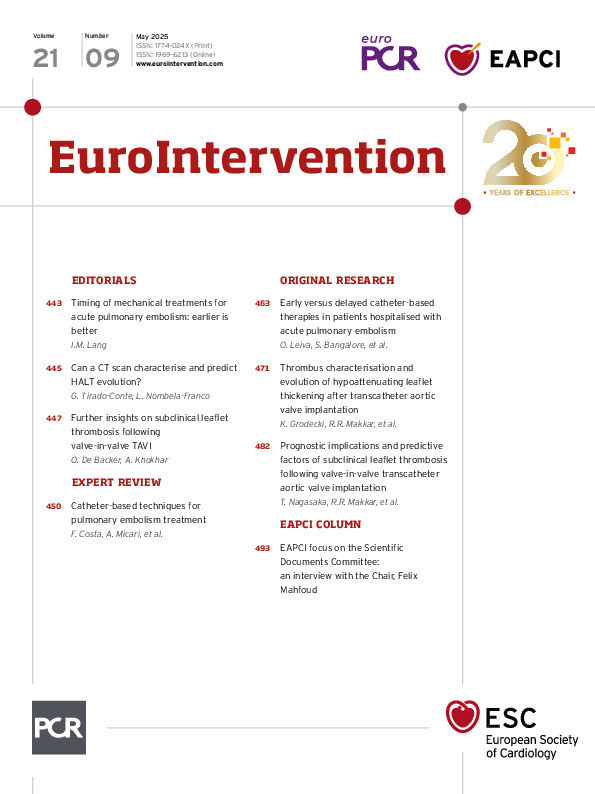Transcatheter aortic valve implantation (TAVI) is now a widely used treatment for severe aortic stenosis, surpassing isolated surgical aortic valve replacement (SAVR) in many countries. However, hypoattenuated leaflet thickening (HALT) has been observed in 20-30% of TAVI patients, while it is less frequently identified in SAVR patients. Whether this is due to the lack of routine computed tomography (CT) post-SAVR or an actual difference in incidence remains unclear12. The leading hypothesis behind HALT is thrombus formation on valve leaflets, supported by recent histopathological studies that confirm the presence of thrombotic material in HALT lesions3. The primary clinical concerns are whether HALT contributes to thromboembolic events, valve thrombosis, or accelerated structural valve degeneration, and how it should be managed pharmacologically. While empirical anticoagulation has been associated with HALT resolution, its dynamic nature has led many centres to adopt a conservative approach, avoiding the bleeding risks of long-term anticoagulation.
In this issue of EuroIntervention, Grodecki et al present a substudy of the RESOLVE registry, analysing 99 patients who underwent TAVI with balloon-expandable valves (SAPIEN XT or SAPIEN 3 [both Edwards...
Sign up for free!
Join us for free and access thousands of articles from EuroIntervention, as well as presentations, videos, cases from PCRonline.com

